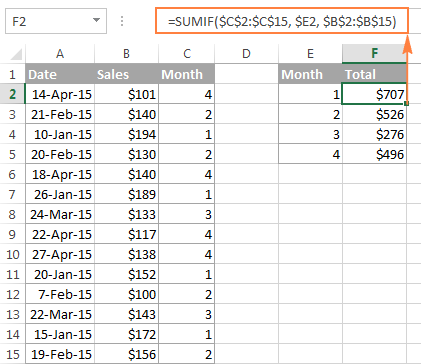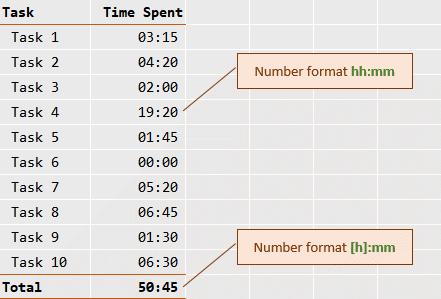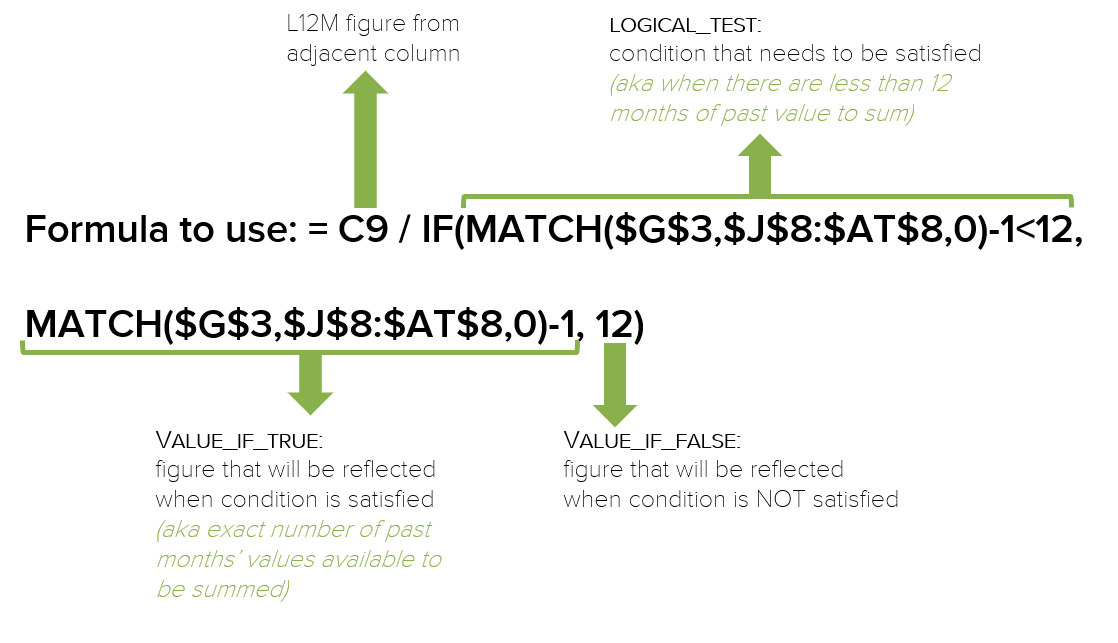


If that’s a possibility with your data set, use the next method that uses the SUM formula Using SUM with Partially Locked Cell Referenceīelow is the SUM formula that will give you the running total. There is only one drawback – in case you delete any of the existing rows in this data set, all the cells below that would return a reference error (#REF!) The logic is simple – every cell picks up the value above it (which is the cumulative sum till the date before) and adds the value in the cell adjacent to it (which is the sale value for that day). It’s a really simple method and works well in most cases. This will give you the result as shown below. You can use the Fill handle to select and drag it, or simply and copy-paste the cell C3 to all the remaining cells (which would automatically adjust the reference and give the right result). Step 3 – Apply the formula to the entire column. Step 2 – In cell C3, enter the below formula: =C2+B3 This will simply get the same sale values in cell B2. Step 1 – In cell C2, which is the first cell where you want the running total, enter =B2 Suppose you have date-wise sales data and you want to calculate the running total in column C.

If you have tabular data (i.e., a table in Excel which is not converted into an Excel table), you can use some simple formulas to calculate the running totals. So let’s get started! Calculating Running Total with Tabular Data

In this tutorial, I’m going to cover all these different methods to calculate running totals in Excel. The method you choose would also depend on how your data is structured.įor example, if you have simple tabular data then you can use a simple SUM formula, but if you have an Excel table, then it’s best to use structured references. In Microsoft Excel, there are multiple different ways to calculate running totals. There are also some other situations where running total is often used, such as calculating your cash balance in your bank statements/ledger, counting calories in your meal plan, etc. It’s a metric that tells you what’s the sum of the values so far.įor example, if you have the monthly sales data, then a running total would tell you how much sales have been done till a specific day from the first day of the month. Running total (also called cumulative sum) is quite commonly used in many situations.


 0 kommentar(er)
0 kommentar(er)
